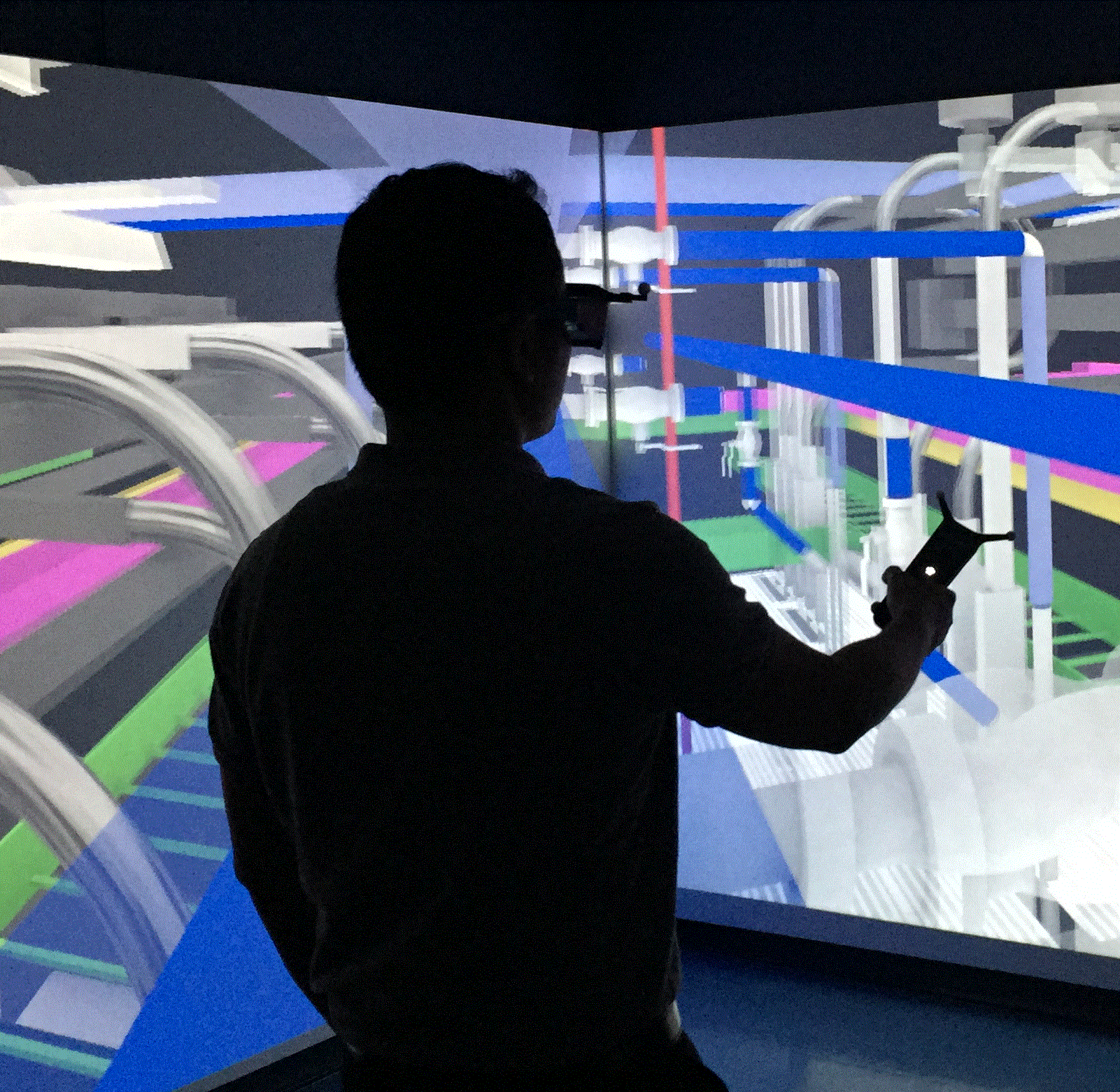Global Positioning System Data to Model and Visualize Workspace Density in Construction Safety Planning
Safety as well as productivity performance in construction is often poor due to congested site conditions. We lack a formalized approach in effective activity-level construction planning to avoid workspace congestion. The objective of this study is to investigate and prototype a new Building Information Modeling (BIM) enabled approach for activity-level construction planning that can proactively improve construction safety. The presented method establishes automated workspace visualization in a building information model, using workspace modeling as an integral part of construction safety planning. Algorithms were developed for extracting activity-specific workspace parameters from workforce location tracking data. Global Positioning System (GPS) data loggers were attached to the workers’ hardhats during the stripping activities of formwork of columns. Workspaces were then visualized on a BIM platform. The developed method can support project stakeholders, such as engineers, planners, construction managers, and site workers with the identification and visualization of required and congested workspaces, hence improving the foundation on how decisions are made related to construction site safety and health, as well as its potential impact on a productive, unobstructed work environment.
